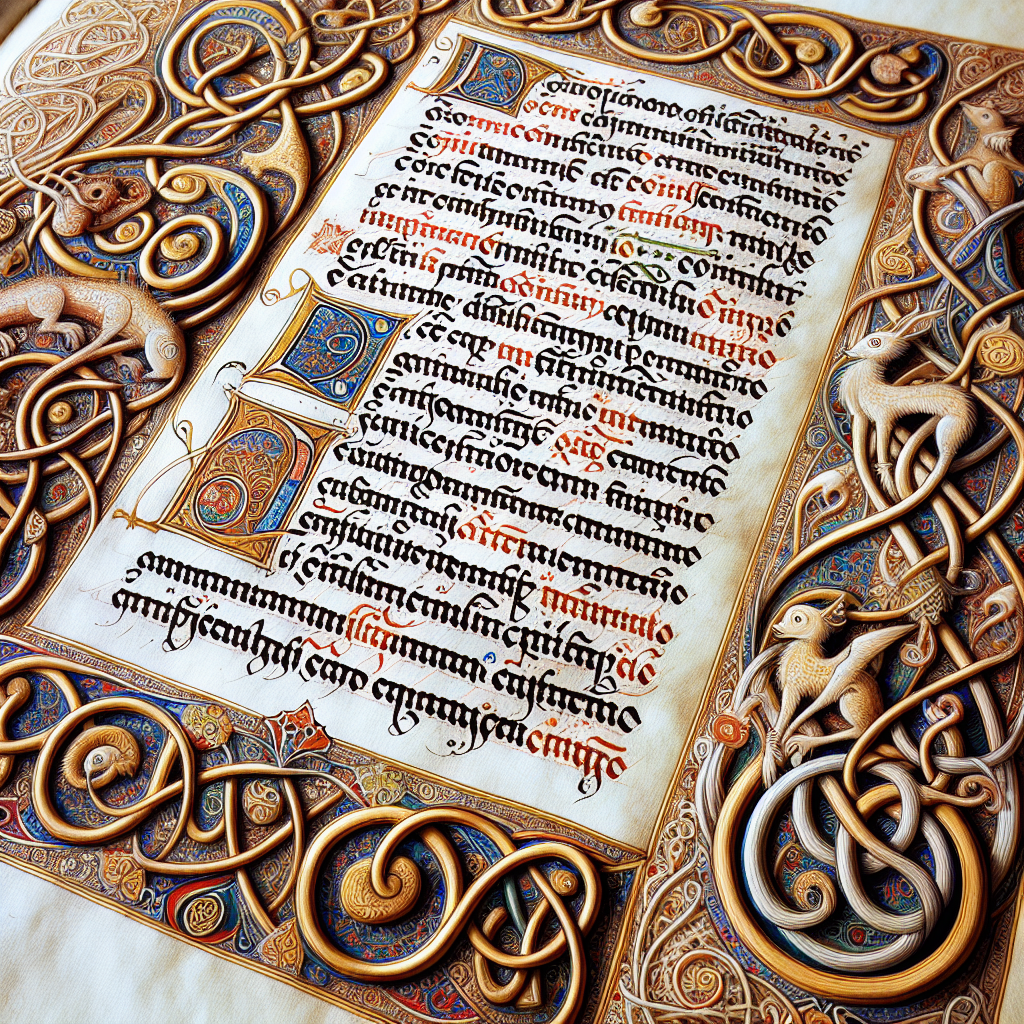Unlocking the Enigma: The Cross-Cultural Legacy of the Book of Kells
The Book of Kells, an approximately 1,200-year-old illuminated manuscript, remains a subject of debate regarding its origins. New insights suggest it might be linked to Pictish Scotland rather than purely Irish roots. This development challenges nationalistic views and highlights the manuscript's cross-cultural creation involving influences from across Europe.

- Country:
- Ireland
The Book of Kells, a renowned illuminated manuscript depicting the four gospels of the New Testament, continues to captivate scholars with its intricate designs and mysterious origins. Authored in the late 8th century, the manuscript's creation is debated, with theories ranging from Ireland to Iona and now potentially Pictish Scotland.
New research by archaeologist and art historian Victoria Whitworth suggests the designs, often viewed as emblematic of Irish identity, may have roots in Scotland. This theory is supported by recent discoveries of Pictish stones with similar carvings and non-invasive pigment analysis connecting the work to that region.
The debate highlights the manuscript's international influences and questions the emphasis on nationality. Whitworth's findings remind us of the cross-cultural collaborations that defined its creation, underscoring its historical value as an object transcending geographical borders.










